
Decorative Interior Cladding Solutions Modern Decorative Interior Wall Cladding & Surfaces
- Introduction to Decorative Interior Cladding and its relevance in modern design
- Market insights and data-driven overview of decorative interior wall cladding adoption
- Technical advantages of advanced interior decorative surfaces
- Detailed manufacturer comparison: product range, material quality, and eco-friendliness
- Customizable solutions and design flexibility offered by leading suppliers
- Application case studies from commercial, residential, and hospitality sectors
- Future trends for decorative interior cladding
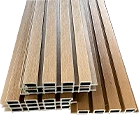
(decorative interior cladding)
Decorative Interior Cladding: Shaping Modern Spaces
Decorative interior cladding has emerged as a cornerstone in the transformation of contemporary architecture and interior design. By employing innovative and visually compelling materials, designers and architects can redefine spaces with enhanced texture, depth, and aesthetic appeal. Far from being merely cosmetic, decorative interior wall cladding solutions deliver both functional benefits—such as insulation and protection—and stylistic freedom, strengthening a space’s character while contributing to overall property value.
Thanks to advancements in material technology and digital fabrication, interior decorative surfaces have become increasingly adaptable to commercial, residential, and institutional settings. These products support a versatile range of looks, from sleek minimalism to luxurious extravagance, reflecting both global design trends and unique cultural motifs. Whether upgrading an office lobby, retail showroom, or private living environment, decorative surface coverings now set new benchmarks for both performance and personalization.
Data Overview: Decorative Interior Wall Cladding Market Insights
The market for decorative interior cladding has exhibited robust expansion in recent years. According to the Global Cladding Market Report 2023, the total value surpassed USD 80 billion in 2023, fueled by growth in both the commercial and residential segments. Experts project a CAGR (Compound Annual Growth Rate) of 4.7% from 2024 to 2030.
While traditionally dominated by natural stone and wood, new composite and engineered surfaces now represent 38% of all installations, primarily due to their versatility, lower maintenance, and improved environmental performance. Architects cite reduced turnaround times—by up to 25%—when using modular decorative interior wall cladding solutions versus traditional building finishes. These shifts illustrate a strong preference for high-performing, customizable coverings that elevate interior environments.
Technical Advantages of Advanced Interior Decorative Surfaces
Modern manufacturing processes have significantly enhanced the physical attributes of interior decorative surfaces. Leading products offer improved resistance to scratches, abrasion, moisture, and UV exposure. For example, high-pressure laminates can now achieve impact ratings as high as 7H on the Mohs scale and have anti-microbial finishes, making them suitable for healthcare and hospitality environments.
Another key development is the use of fire-rated materials, surpassing EN 13501-1 classifications (Class A and B), offering peace of mind in safety-critical spaces. Acoustic panels integrated into cladding systems can reduce ambient noise by up to 40% (NRC values 0.75–0.90). In sustainable design, bio-based resins and recycled-content panels have reduced the carbon footprint of decorative cladding by over 30% compared to legacy materials.
The fusion of digital printing technologies enables hyper-realistic textures and unlimited graphic possibilities, opening doors to bold branding or discreet natural effects. These technical benefits ensure that today’s wall cladding fulfills not only decorative but also performance-driven needs.
Manufacturer Comparison: Range, Material Quality, and Sustainability
When evaluating decorative cladding suppliers, distinctions arise concerning product variety, technological investment, and sustainability commitments. The table below compares notable manufacturers prevalent in North America and Europe.
| Manufacturer | Product Range | Main Materials | Certifications | Custom Options | Eco Initiatives |
|---|---|---|---|---|---|
| Fundermax | 500+ panel types | High-pressure laminate (HPL) | GREENGUARD, FSC, PEFC | Color, finish, texture, printing | Solar power, recycled raw materials |
| Formica Group | 300 colors/patterns | Laminates, Compact fiber | LEED credits, SCS Indoor Air | Edge profile, digital prints | Reduced VOC, local sourcing |
| Rockpanel | Natural, metallic, colored panels | BASF stone wool | EN13501-1 A2, ISO 14001 | Shape, size, pre-programmed textures | Recyclable, energy-efficient |
| Alvic | Gloss/matte boards, 3D panels | MDF, Lacquer | CARB2, FSC, ISO 9001 | Integrated lighting, edge designs | Water-based finishes |
| Wilsonart | Decorative laminates, Compact panels | Resin, Wood, Metal composites | NSF, UL GreenGuard | Custom color, pattern, signage | Low-emission, recycled content |
Analysis shows that while all top manufacturers offer customization and sustainable initiatives, the product diversity and material breakthroughs now make tailored cladding solutions accessible to virtually any project type.
Custom Solutions: Meeting Complex Project Demands
The rapid pace of interior design evolution demands bespoke solutions for decorative surfaces that satisfy precise project requirements. Suppliers are increasingly offering end-to-end support, from CAD-based preview tools to 3D rendering and on-site consulting, helping architects experiment with an infinite array of textures, facings, and color schemes.
Integration with building management systems and smart home platforms also means cladding can be equipped with embedded LEDs, touch-sensitive controls, or absorptive cores for sound management. For instance, a German healthcare complex deployed antibacterial cladding that combined unique photorealistic patterns matched to the hospital’s regional scenery, both aiding patient comfort and supporting infection control.
Moreover, prefabricated panels expedite project schedules by reducing on-site labor and waste. It’s now common for large-scale developments—such as airports and corporate headquarters—to specify interior decorative wall cladding with interchangeable fabric and magnetic covers, so spaces can adapt to seasonal themes or branding campaigns swiftly and economically.
Applications: Case Studies Across Industries
Decorative interior cladding finds diverse applications across every major design sector:
- Commercial: A leading multinational chose stone-effect laminates for its office clusters, reducing acoustic disturbance by 22% while achieving a LEED Gold certification. Quick-to-install modular panels avoided business disruption, with all works finished in 30% less time than conventional methods.
- Residential: High-rise apartments in Australia adopted matte and gloss cladding panels for kitchen backsplashes and bathroom walls. Residents praised the low-maintenance surfaces; survey data reflect a 94% customer satisfaction rate after 12 months in use.
- Hospitality: The Hilton Group incorporated water-resistant 3D lacquered panels for public lounges and guest suites in their Asian resorts. Not only did the surfaces withstand high humidity, but guest experience ratings increased by 17% post-renovation.
- Healthcare: Custom antimicrobial wall systems at a Scandinavian clinic helped reduce reported surface infections by 19% within the first six months, underscoring the real-world benefits of medical-grade cladding materials.
- Retail: Boutique retailers leveraged digitally printed wall cladding to showcase new campaigns, enabling store-wide rebranding in under 48 hours without construction mess or downtime.
The Future of Decorative Interior Cladding: Toward Smart, Sustainable Design
Decorative interior cladding continues to redefine design potential as new technologies emerge and sustainability targets intensify. With trends pointing toward circular material flows, advanced digital fabrication, and integration of tactile and responsive surfaces, the boundaries between function and art in interiors are vanishing. Notably, experts forecast that by 2030, over 60% of global interiors will incorporate some form of smart adaptive cladding—whether for health monitoring, dynamic visual storytelling, or energy efficiency.
As architects and clients demand both beauty and longevity, interior decorative surfaces are likely to become the centerpiece of innovative, healthy, and adaptive built environments, shaping the modern experience of space for decades to come.
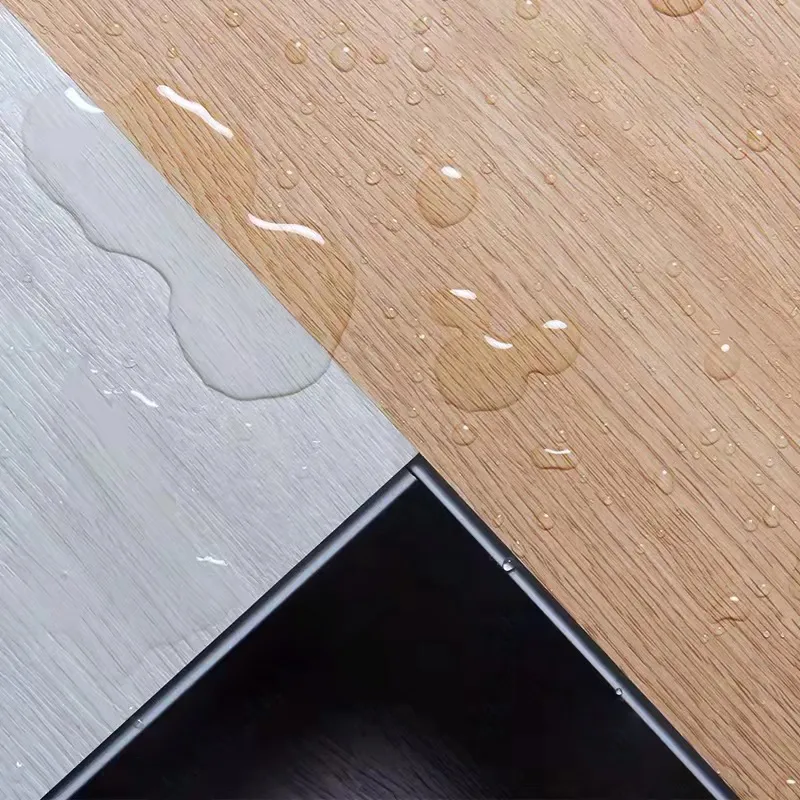
(decorative interior cladding)
FAQS on decorative interior cladding
Q: What is decorative interior cladding?
A: Decorative interior cladding refers to stylish panels or materials applied to interior walls or ceilings to enhance aesthetics. It provides a decorative surface and can also offer protection. Different materials such as wood, PVC, or metal are commonly used.Q: What are the benefits of decorative interior wall cladding?
A: Decorative interior wall cladding improves the look and feel of any space by adding texture, color, and design. It can also protect walls from damage and is often easy to clean. Many options also offer additional insulation or soundproofing benefits.Q: What types of materials are used for interior decorative surfaces?
A: Common materials include MDF, wood veneers, natural stone, PVC, metal, and even fabric panels. Each material offers unique visual appeal and functionality. Your choice depends on your desired look and budget.Q: Is decorative interior cladding easy to install?
A: Many decorative interior cladding products are designed for simple installation, some even DIY-friendly. However, professional installation ensures the best finish and longevity. Always follow manufacturer guidelines for optimal results.Q: Can decorative interior cladding be used in humid areas like bathrooms?
A: Yes, there are water-resistant cladding options suitable for bathrooms and kitchens. Materials like PVC and certain treated woods are ideal for humid environments. Check product specifications for moisture resistance before installation.-
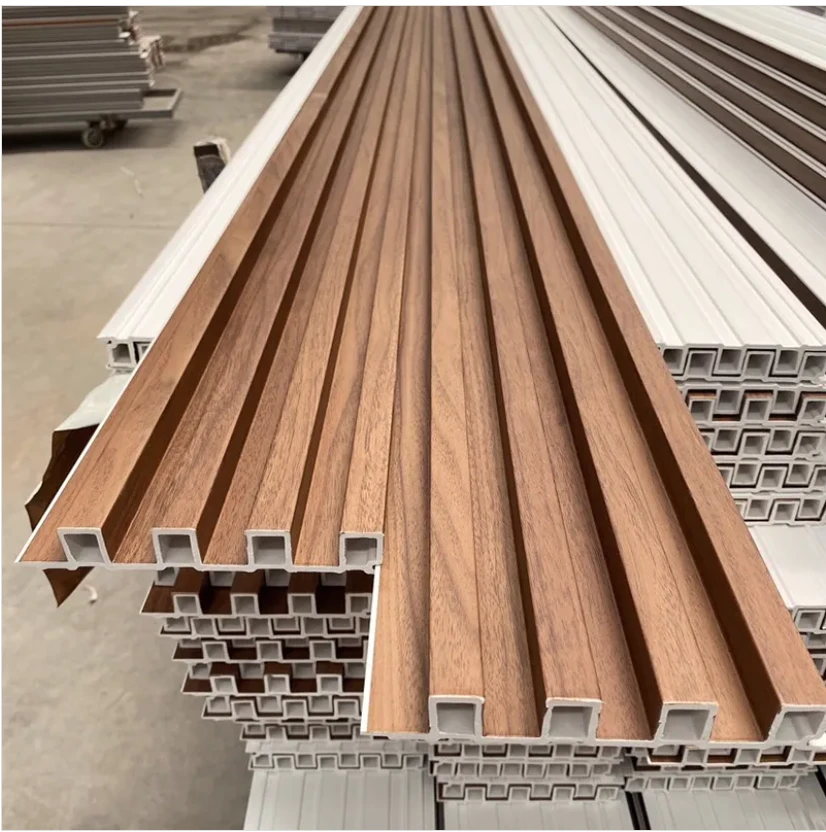 WPC Wall Panel Outdoor Weather ResistanceModern exterior design solutions increasingly utilize WPC exterior wall cladding for its exceptional durability and aesthetic appeal.Read More >
WPC Wall Panel Outdoor Weather ResistanceModern exterior design solutions increasingly utilize WPC exterior wall cladding for its exceptional durability and aesthetic appeal.Read More >Aug 05 2025
-
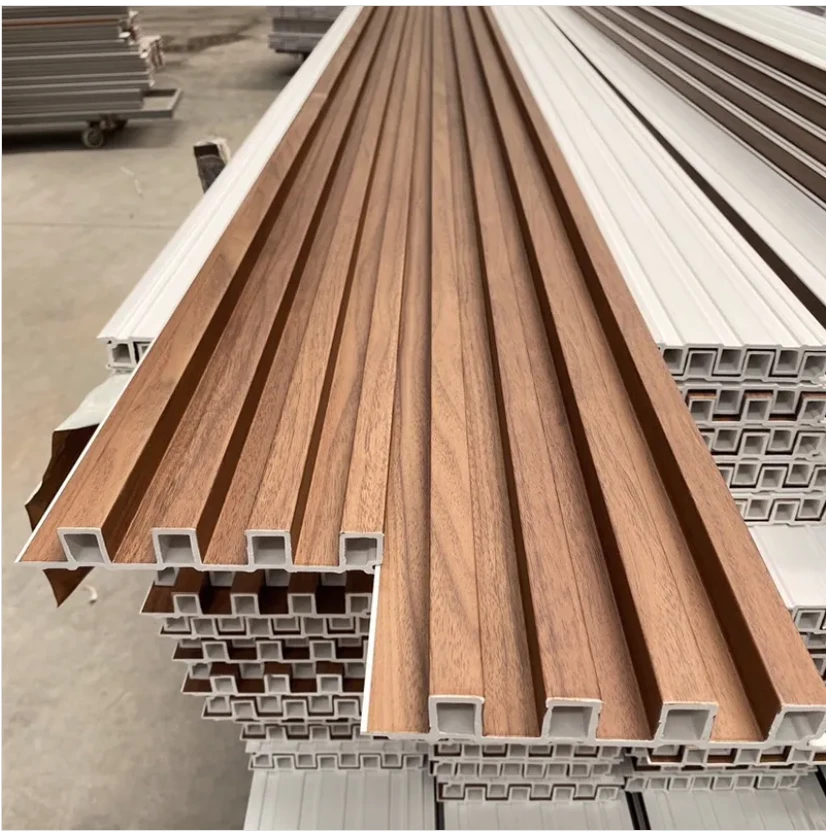 WPC Wall Panel for Wine CellarsThe ideal wine cellar requires specialized wall solutions that perfectly balance functionality and aesthetics.Read More >
WPC Wall Panel for Wine CellarsThe ideal wine cellar requires specialized wall solutions that perfectly balance functionality and aesthetics.Read More >Aug 05 2025
-
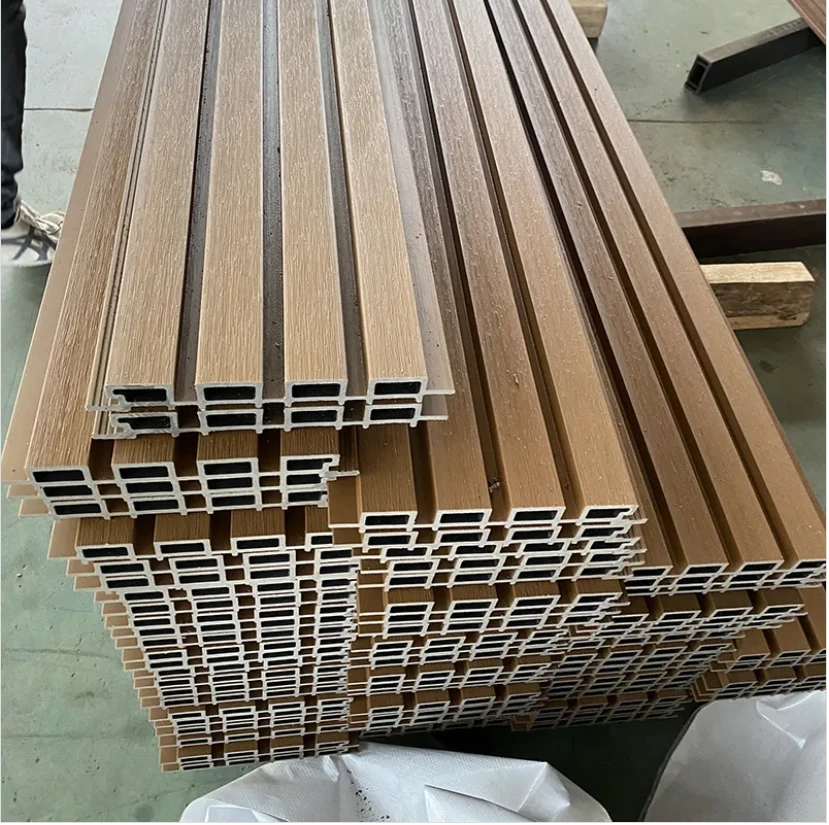 WPC Wall Panel Expansion GapsProfessional installation of WPC wall cladding requires meticulous attention to expansion gap requirements to ensure long-term durability and aesthetic performance.Read More >
WPC Wall Panel Expansion GapsProfessional installation of WPC wall cladding requires meticulous attention to expansion gap requirements to ensure long-term durability and aesthetic performance.Read More >Aug 05 2025
-
 SPC Flooring Stone Look Outdoor UseOutdoor living spaces now benefit from durable and stylish SPC floor tiles that combine the beauty of natural stone with exceptional performance.Read More >
SPC Flooring Stone Look Outdoor UseOutdoor living spaces now benefit from durable and stylish SPC floor tiles that combine the beauty of natural stone with exceptional performance.Read More >Aug 05 2025
-
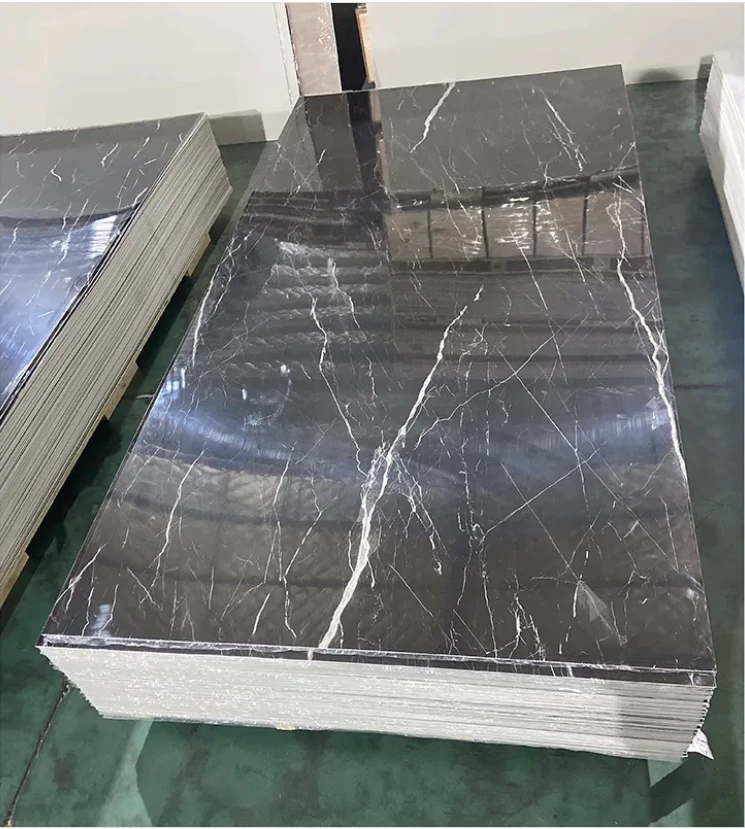 Marble Effect PVC Panels Color OptionsModern interior design increasingly utilizes marble effect PVC panels for their luxurious appearance and practical benefits.Read More >
Marble Effect PVC Panels Color OptionsModern interior design increasingly utilizes marble effect PVC panels for their luxurious appearance and practical benefits.Read More >Aug 05 2025




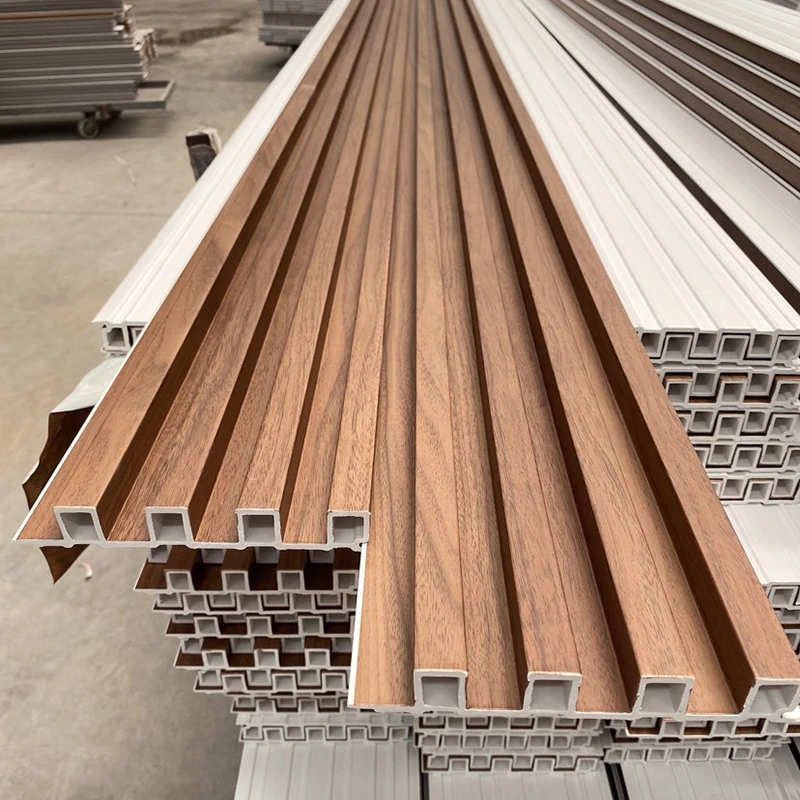
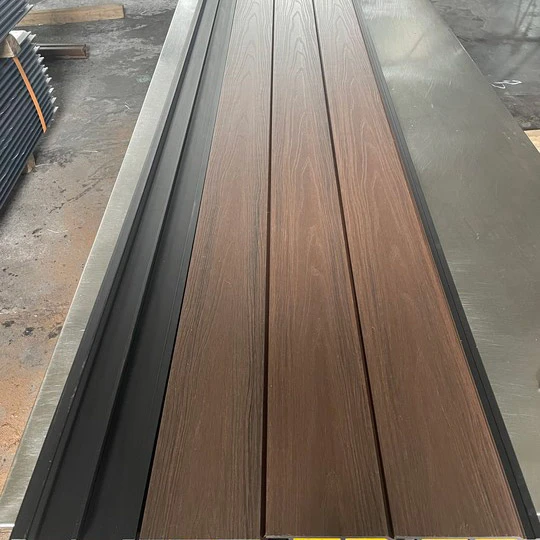

 +86 31185293045
+86 31185293045  qian@ss711.com
qian@ss711.com 















